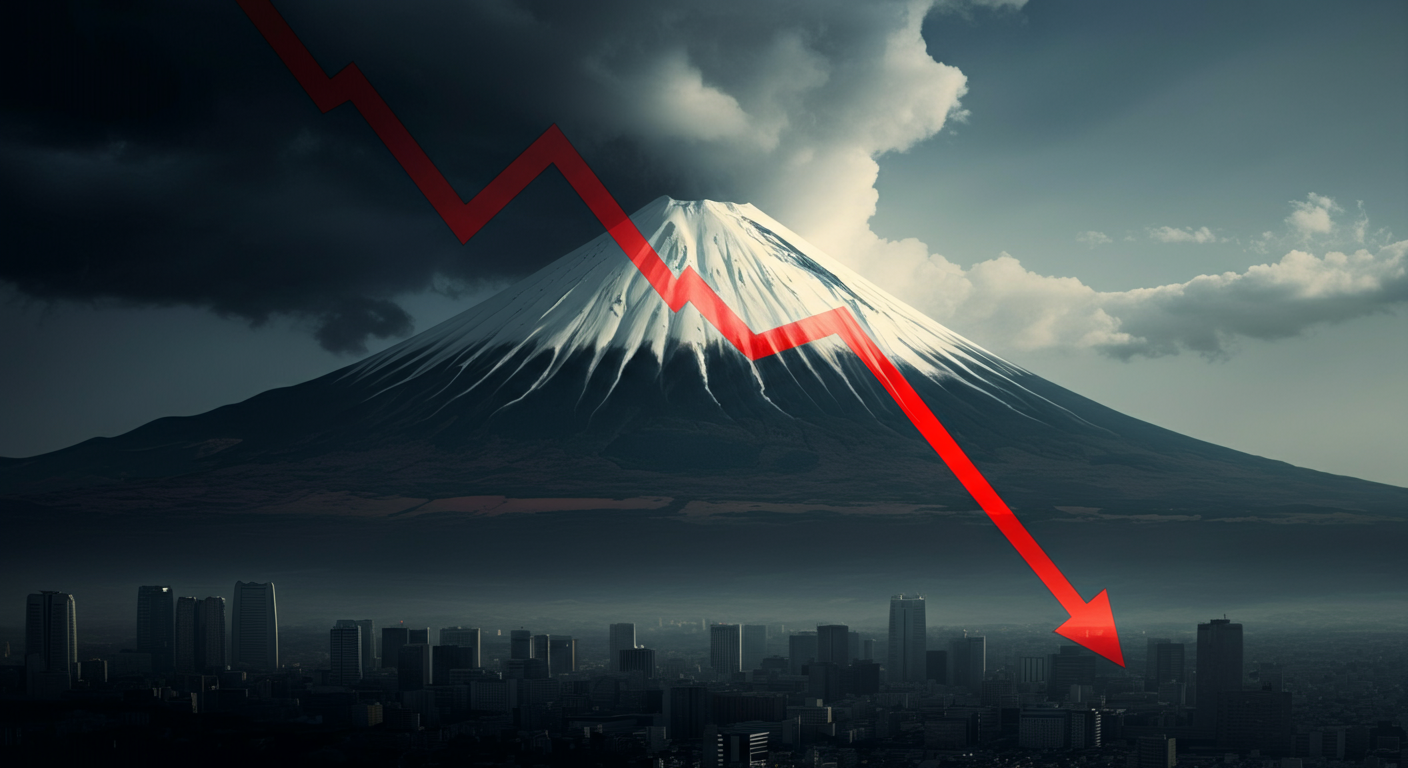Which Way Now for Japan?

Many have welcomed Japan’s recent economic recovery after several years of contraction, but the current circumstances are fragile at best. As of August 2025, Japan’s economy, the fifth-largest globally by nominal GDP and purchasing power parity, embodies a weak recovery undermined by overreliance on government intervention: GDP growth is limp—flat in Q1 and only marginal in Q2—barely avoiding recession.
The lessons from the past must be heeded if Japan’s economic situation is to be navigated intelligently: state intervention may work in the short term, but will ultimately stifle dynamism and growth in the long term.
To understand the stakes, it’s worth recalling Japan’s economic arc after the devastation of the Pacific War. From the 1960s through the late 1980s, Japan stunned the world with export-led, high-tech industrial growth; an era when Japan was seen as a model for nations forging their own paths through technological progress, combining the traditions of the past with the opportunities of modernization. “Japan, Inc.” became shorthand for relentless efficiency, disciplined corporate culture, and a deft marriage of state guidance with private innovation.
The 1980s asset bubble, fueled by lax monetary policies, collapsed in the 1990s, ushering in the “Lost Decades” of deflation, sluggish growth, and repeated fiscal and monetary interventions. Since then, policy has leaned heavily on low interest rates, public works, and targeted subsidies to spur momentum. While these tools sometimes prevented deeper recessions, they also fostered a reliance on government support that blunted productivity reforms.
Japan’s challenges today are the long shadow of that cycle: aging demographics, structural labor shortages, and unsustainable public deficits. This is a situation with which other developed nations are deeply and uncomfortably familiar, and no doubt will be watching to learn how Japan navigates its way out—or fails to. One of Japan’s most famous prime ministers, Shinzo Abe, implemented strategies (commonly known as “Abenomics”) in the 2010s which injected stimulus and some deregulation, yet entrenched central planning impeded full recovery.
Private consumption has been the savior of the economy’s recovery, buoyed by wage gains and tight labor markets, but sentiment is dulled by persistently high prices. The IMF praised wage-driven growth acceleration in 2025, yet has also warned of rebuilding fiscal buffers amid tightening conditions, criticizing the government’s prolonged loose monetary stance for having a distorting effect on markets.
Three factors are converging to make the recovery appear more like an exception than the rule:
Exports, once the pride of Japan’s postwar model, have plateaued, constrained by a dangerous combination of the tariffs that have become the hallmark of the second Trump presidency and fraying global trade ties.
Business investment is ticking up only modestly, reflecting caution more than ambition.
Housing investment is weak, and public spending remains flat.
Against this backdrop of decelerating recovery and tightening constraints, the government’s downgrade of its 2025 financial year growth forecast from 1.2% to 0.7% is an implicit admission: the recovery lacks genuine drive.
Free markets thrive on clarity, competition, and dynamism; Japan’s post-1990 history shows how prolonged intervention can breed caution instead. The yen’s 50% depreciation against the US dollar since 2022 (currently hovering near JP¥148 to $1) owes much to deliberate policy.
The Bank of Japan (BoJ), constrained by a debt-to-GDP ratio exceeding 230% (still lower than its 2020 peak of 258%), has kept long-term yields pinned, making yen assets unattractive compared to US dollar holdings. This strategy mirrors past patterns: just as the 1990s’ zero-interest rate policy was prolonged beyond its usefulness, today’s yield suppression risks locking in distortions and preventing the market from reacting organically to pressures and opportunities.
Exporters may cheer for a cheap yen, but history warns of overreliance. In the 1980s, Japan’s trade surpluses masked underlying inefficiencies that became clear only when the currency strengthened after the Plaza Accord. Now, the opposite problem looms: imported inflation from a weak yen is hitting households and import-reliant businesses, with costs either absorbed through thinner margins or passed to consumers.
The BoJ’s own forecasts (0.6% growth in 2025, 0.7% in 2026, inflation easing toward 2%) are tempered by the knowledge that past recoveries have repeatedly fizzled once stimulus faded. The OECD notes that while wages and machinery investment are resilient, consumer confidence remains under siege from inflation. Veteran lawmakers such as Taro Kono are calling for a major move away from Abenomics through a combination of rate hikes and fiscal restructuring, echoing the structural reforms long postponed during the Lost Decades.
Stock markets may be riding high, with the Nikkei hitting records this month based on yen weakness and tariffs easing between the United States and China (though that is already being challenged with the new transhipping tariffs); but similar surges in the early 2000s and mid-2010s faded when structural problems reasserted themselves. Without deep reforms, such as improving labor flexibility, deregulating construction laws (especially in housing), and pursuing a leaner state overall, Japan risks repeating that pattern.
Decades of intervention have shielded Japan from collapse but also dulled its competitive edge. Public works and yield-curve control have bought time, but time without reform is an expensive luxury, and merely kicks the can down the road. Even justifiable interventions, such as targeted infrastructure investment or transitional support for an aging population, must be paired with market-opening measures if they are to create lasting gains.
Japan remains the world’s fifth-largest economy, but such a scale belies an underlying fragility. The lesson from the past 60 years is clear: growth built on openness and competition proves durable; growth propped up by state scaffolding alone is fleeting. The tightrope is still walkable, but only if policymakers step away from reflexive intervention and trust markets to do the heavy lifting.
The post Which Way Now for Japan? was first published by the Foundation for Economic Education, and is republished here with permission. Please support their efforts.



